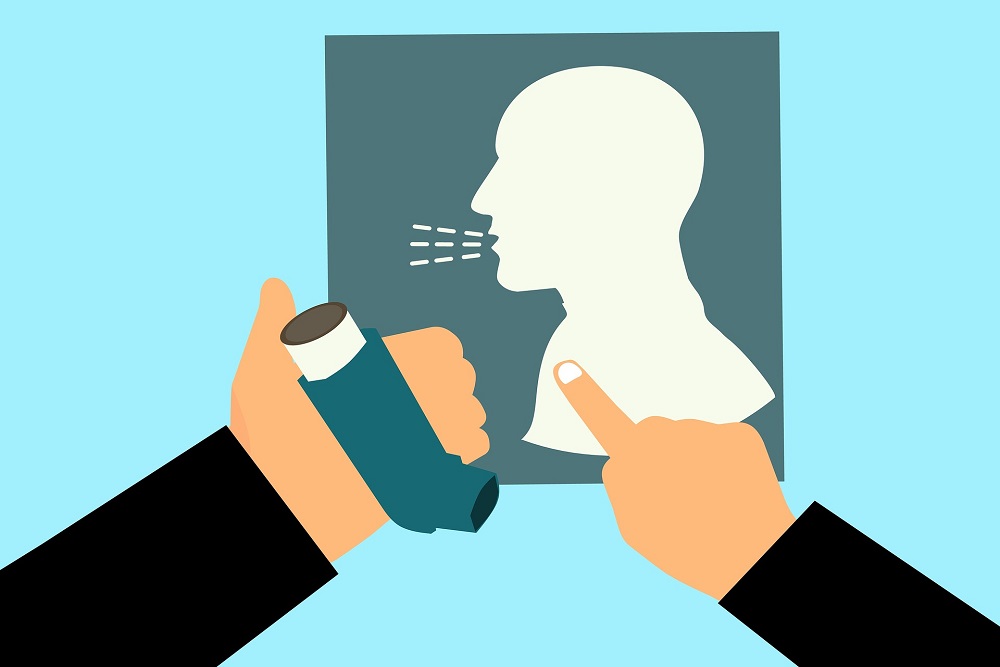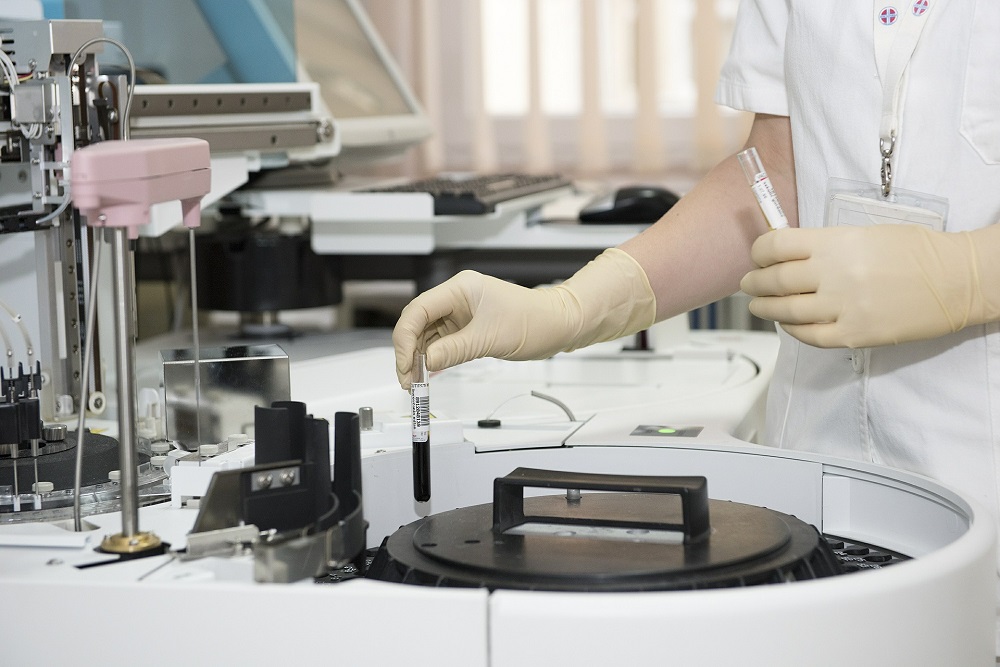Blue light has the potential to reduce the lifespan of humans according to a recent study published in the journal npj Aging and Mechanisms of Disease.
This study showed that cumulative exposure to blue rays results in brain degeneration and retinal damage. Scientists believe that night shift workers most exposed to blue light have a higher chance of being diagnosed with cancer.
The study conducted on fruit flies had similar results with findings from mice and human skin cells.
Findings from this study apply to human exposure to blue light rays from smartphones and light bulbs.
Study on the effects of blue light
The fruit fly, scientifically known as Drosophila melanogaster, showed varying degrees of survival when exposed to blue light.
Flies studied in darkness or white light from which the blue spectrum has been excluded lived longer. When these same types of flies get exposed to blue LED light, they died faster.
The scientist explained that blue LED lights speed up the aging process in the fly by affecting the retina, the brain cells, and climbing abilities.
Discussing human exposure to blue LED light, the scientist mentioned that the light rays might be having a similar effect on humans. Reducing lifespan and other human health effects.
Blue lights are unnatural to humans. Natural lights function more than just illumination; it communicates the sleep-wake cycle to humans, regulating bodily and metabolic processes.
Consequently, human exposure to blue LED lights disrupt this function and activates the aging process and degeneration of the brain and skin.
The scientists further reiterated that the effects of blue LED lights don’t depend on retinal exposure.
The experiment with flies born without eyes showed that the light rays had the same effect on them.
Blue light study outcomes
The following are the outcomes from the study with the fruit fly Drosophila melanogaster.
Flies have a 42% median survival rate when kept in darkness compared with those exposed to 12-hour blue LED light.
- When exposed to blue LED lights and white light without blue wavelength, the scientists discovered that the median longevity of the mutated flies was reduced by 50% and 4%, respectively.
- When non-mutated flies were exposed to blue LED lights, and white light without blue wavelength, they discovered longevity reduced by 30% and 10% as well.
- Male flies’ lifespan reduced by 37% and 42% for females when both male and female flies get exposed to white light without blue wavelengths, longevity reduced by 6% and 4%.
- There is a concomitant increase of photon flux density with more blue light exposure, which reduces the lifespan of flies.
Relationship between blue light and aging
Blue LED light exposures of 12 hours and above activates the expression of genes involved in stress response and aging.
- This effect was not observed in flies kept in darkness. Hence, suggesting that blue LED lights activate the aging process much more than the natural process.
- When the number of exposure days was reduced, the effect on stress response and aging was not noticed. This means that either substantial exposure is needed, or blue light acts in tandem with aging to speed up the stress response.
- Further observation revealed that the damage caused by exposure to blue wavelength are rectified by removing the stressor. Also, older flies are damaged faster by blue wavelengths.
This study in flies led to the hypothesis that LED blue light is a significant source of environmental stress with adverse effects on humans.
Implications on the value of research universities
How else could we know that the risk of blue light is increased with more exposure to blue light from flat screens, light bulbs, and smartphones? Through diligent research conducted in research universities.
According to scientists, night shift workers who are most exposed to blue light have a higher chance of being diagnosed with cancer. But, blocking out blue light could minimize the harm.
The full results diagrammed here.
Research conducted at research universities carries a dual benefit. It creates the foundation for major advances in such areas as health and medicine, communications, food, economics, energy, and national security. And it helps educate students to be scientific leaders and innovators. Funding research universities mitigate risks and globally educate for the survival of the human race.







